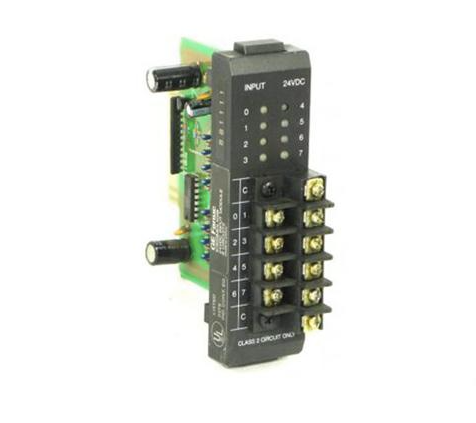
World Of Controls understands the criticality of your requirement and works towards reducing the lead time as much as possible.
IS230STTCH2A - Simplex Thermocouple Input Assembly Terminal Board is available in stock which ships the same day.
IS230STTCH2A - Simplex Thermocouple Input Assembly Terminal Board comes in UNUSED as well as REBUILT condition.
To avail our best deals for IS230STTCH2A - Simplex Thermocouple Input Assembly Terminal Board, contact us and we will get back to you within 24 hours.
SPECIFICATIONS:
Part Number: IS230STTCH2A
Manufacturer: General Electric
Series: Mark VIe
Number of channels: 12
Thermocouple types: E, J, K, S, T
Maximum lead resistance: 15 Ohm
Product Type: Simplex Thermocouple Input Assembly Terminal Board
Surge withstand: 2 kV
Trip Solenoid Rating: 125 V dc
Ethernet interface: Thinwire 10-Base2
ISBus interface: Twisted pair RJ-45
Size: 33.0 cm wide x 17.08 cm
Technology: Surface Mount
IP degree of protection: IP20
Minimum load: 10 mA 5 V DC
Operating temperature: 0 to 60°C
No.of Analog Voltage Inputs: 6
Repair: 3-7 Day
Availability: In Stock
Country of Origin: United States
FUNCTIONAL DESCRIPTION:
IS230STTCH2A is a Simplex Thermocouple Input Assembly Terminal Board manufactured and designed by General Electric as part of the Mark VIe Series used in GE Distributed Control Systems. The STTC terminal board is a compact terminal board designed for DIN-rail or flat mounting. The board has 12 thermocouple inputs and connects to either the PTCC thermocouple processor board on the Mark VIe or VTCC thermocouple processor board on the Mark VI. The onboard signal conditioning and cold junction reference are identical to those on the larger TBTC board. High-density Euro-Block type terminal blocks are mounted to the board, and two types are available. An on-board ID chip identifies the board to the processor for system diagnostic purposes. In the Mark VIe systems, the PTCC I/O pack works with the STTC. The I/O pack plugs into the DC-37 pin connector and communicates with the controller over Ethernet. Only simplex systems are supported.
INSTALLATION:
The STTC and a plastic insulator mount on a sheet metal carrier, which mounts on a DIN rail. The STTC and insulator mount on a sheet metal assembly that bolts directly in a panel. Thermocouples are wired directly to the terminal block using typical #18 AWG wires. The Euro-Block type terminal block has 42 terminals that can be fixed or removable. Terminal board STTCH2 has a right-angle header accepting a range of commercially available plugged terminal blocks, with a total of 42 terminals.
OPERATION:
The connection of the STTC to the I/O pack or board that contains the A/D converter is shown in the following figure. The I/O pack or board provides excitation for the cold junction (CJ) reference on the terminal board. The 12 thermocouple signals plus the CJ signal and the connection to the identity chip (ID) come through connector JA1. The thermocouple’s voltage signal is often weak and susceptible to electrical noise. The terminal board performs signal conditioning by filtering out noise and stabilizing the signal. This process ensures that the control system receives clean, accurate data for processing.
WOC has the largest stock of OEM Replacement Parts for GE Distributed Turbine Control systems. We can also repair your faulty boards and supply unused and rebuilt boards backed up with a warranty. Our team of experts is available round the clock to support your OEM needs. Our team of experts at WOC is happy to assist you with any of your automation requirements. For pricing and availability on any parts and repairs, kindly contact our team by phone or email.
What types of thermocouples are supported by the terminal board?
The terminal board typically supports standard thermocouple types such as Type J, K, T, E, R, S, and B. However, the exact compatibility depends on the board’s design and specifications.
What is the input voltage range for thermocouple signals?
Thermocouples generate very low voltages, usually in the range of millivolts (mV). The terminal board is designed to accurately process these low-voltage signals, typically within -10 mV to +100 mV, depending on the thermocouple type.
How does the board handle Cold Junction Compensation (CJC)?
Cold Junction Compensation is typically achieved using an onboard temperature sensor (such as a thermistor or RTD) placed near the input terminals. This sensor measures the terminal temperature and compensates the thermocouple signal accordingly.
What is the signal accuracy and resolution of the terminal board?
Accuracy depends on the thermocouple type and the board’s design but generally ranges from ±0.1°C to ±1.0°C. Resolution can be as high as 0.01°C, depending on the connected data acquisition system.